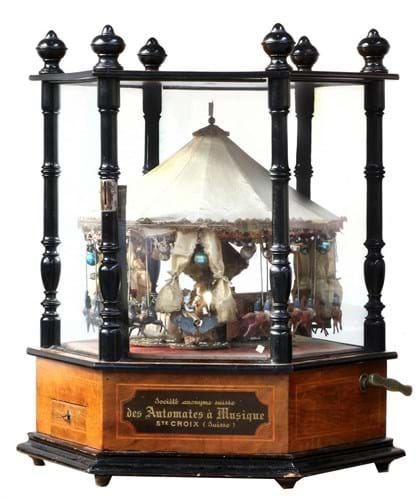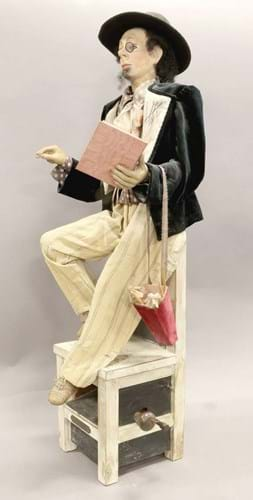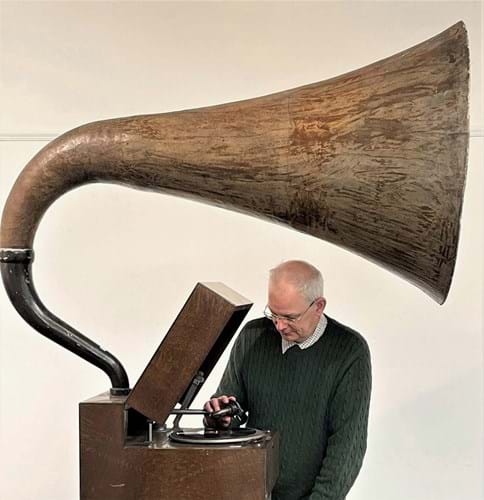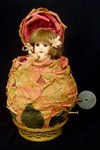Heading the sale was a rare coin-operated carousel musical automaton, almost certainly made in Switzerland c.1895 by Bornand Frères, the French brothers also known as Bernard Frères who worked in Bern and Geneva.
“Their technical and marketing skills were quite brilliant,” said Tennants specialist Kegan Harrison. “They worked closely with Auguste Lassueur from the St Croix region [music box central in the 19th century] who had the idea of placing coin-operated entertainment pieces in station waiting rooms, hotels and other public spaces where both wait and money were assured.
“Rather like how fruit machine in pubs today are supplied and serviced, the partnership’s creations raised great revenue and, as they used the best craftsmen, the few surviving examples found today tend to be in excellent condition and highly prized.”
The example at the sale held on February 1 in Leyburn had a six-air movement activated by a pre-decimalisation penny in the slot marked Société anonyme suisse des Automates á Musique.
It set the painted metal/part composition horse riders, sleigh chairs, dancing dolls and organ grinder in motion.
Standing 23in (58cm) high in its glazed hexagonal table cabinet, the automaton was in good working order with no visible restoration. With some wear consistent with age, it was estimated at £8000-10,000 and sold to the London trade at £13,000.
Artistic pose
Another rarity from the same vendor was a c.1890, 3ft (91.5cm tall Artistic Painter by Gustave Vichy (1839-1904).
His father’s mechanical toys store in Paris having gone bust in 1862, young Gustave restored the family fortunes by establishing a factory devoted solely to musical automata.
Partly due to Vichy’s wife sewing the figures’ clothes in latest Paris fashions, the firm became a major success.
The period satin and silk clothes of the Artistic Painter at Tennants had frayed and faded but overall condition was good. Playing two airs from a direct-drive cylinder movement, the figure was pitched at £5000-6000 and was another London trade buy at £8500.
A music box without an automaton quadrupled the mid-estimate.
Probably by Le Coultre Frères or Ducommun Girod, both based in Geneva, the c.1837-40 key-wind box is classed as a ‘Minor Overture’ due to the standard pinned cylinder’s proportions of 8 1/8in (21cm) long, 2 3/8in (6cm) diameter.
It had some signs of its age but, on a single-section 153-tooth comb, it played three 19th century classical overtures smoothly.
Housed in its 15¾in (40cm), wide walnut case, it sold to a north of England collector at £7000.
Horn of plenty
Gramophones from the 1930s have to be something special to make more than £30 or so but meeting that criterion at Leyburn was a remarkably large c.1935 EMG Mark XB oversize horn gramophone.
It had an anachronistic look, with its 2ft 10in (88cm) diameter Davey papier-mâché horn, but EMG made some of the finest acoustic gramophones ever produced and are keenly sought.
In an oak table cabinet and in good working order, it was estimated at £1500-2000. It sold to a northern collector at what is believed to be a world record £6000.

















